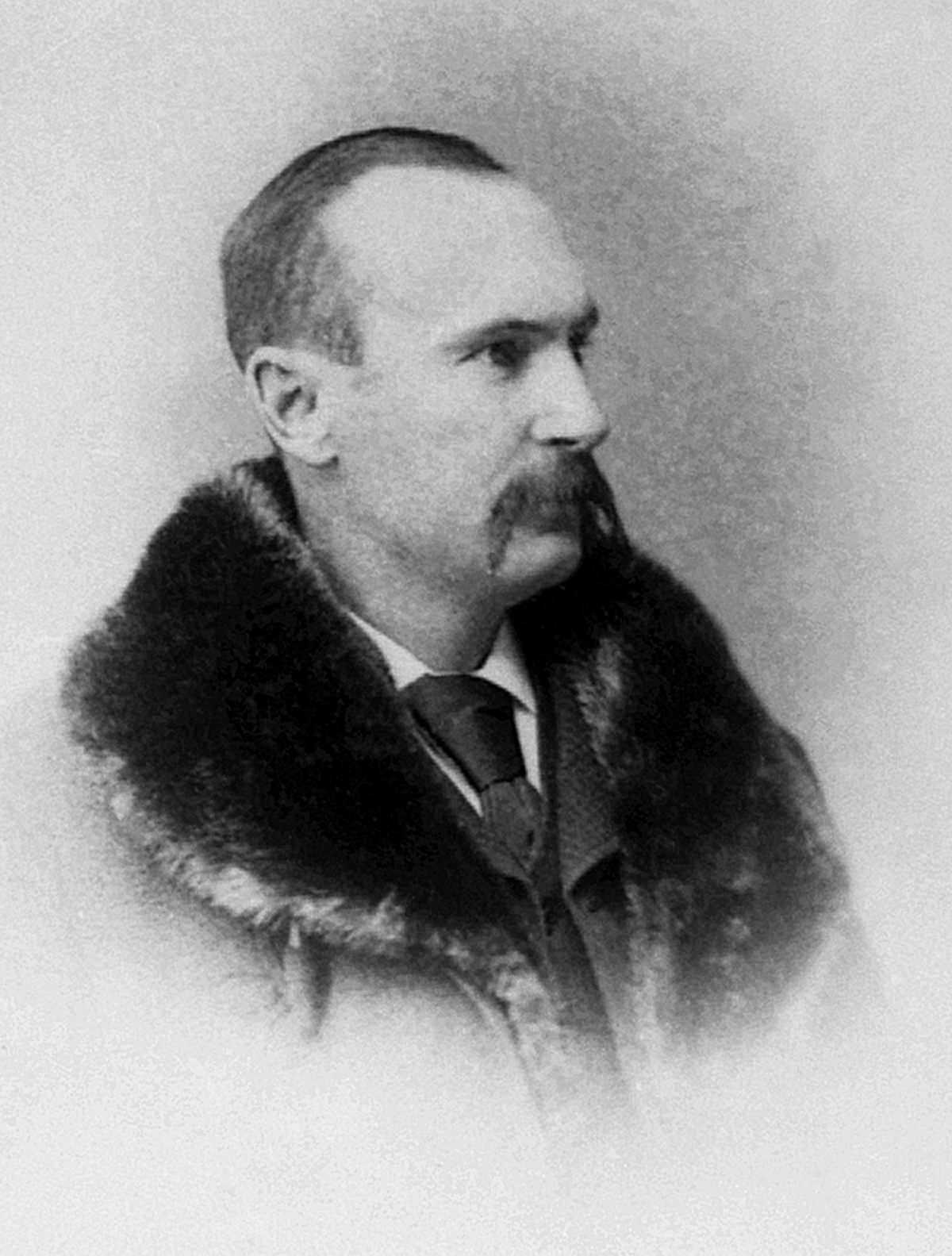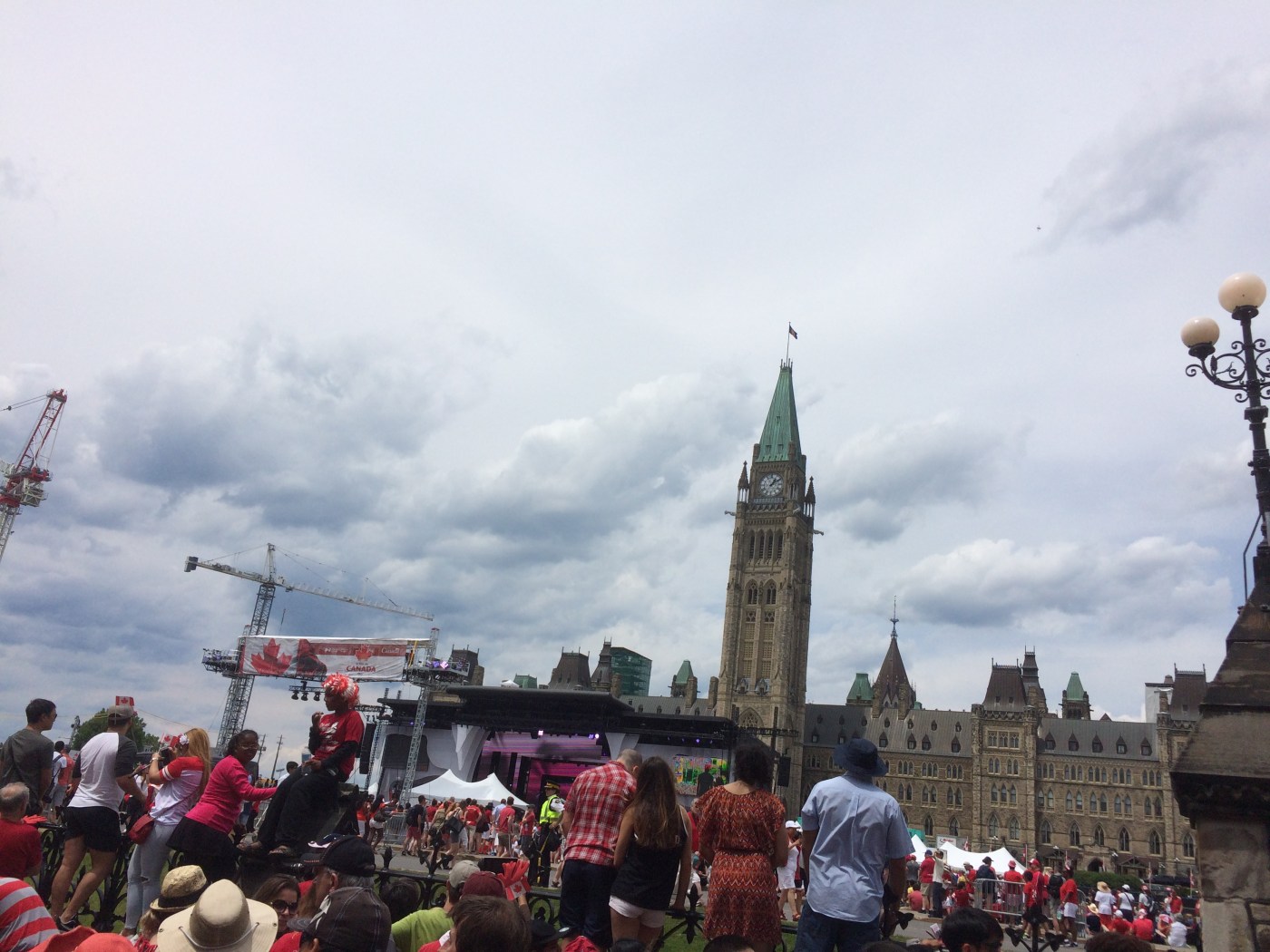
All traditions, no matter how long they last, must begin with a single moment. John Scott, the first mayor of Bytown, began a tradition which has lasted for the succeeding 170 years, in an unbroken chain down to the present. Scott, born in 1824, moved to Bytown from Toronto at the age of 18.[1] He had attended Osgoode Hall Law School in Toronto prior to his voyage east, and when he arrived in 1842 had just become a practicing lawyer.[2] Upon his arrival, he opened a law clinic near the modern St. Andrew’s Church, just off of Wellington Street, and quickly began integrating himself into the local political and social establishment.[3] Over the succeeding half-decade, he became one of the founders of the Bytown Reform Party (at the time, the Reform Party stood against the Tory establishment). He nominated the Reform candidate for Bytown in the 1844 election, and by the succeeding election, in 1847, there was talk that he himself would be the Reform candidate for the Legislative Assembly (for the united Province of Canada).[4]












